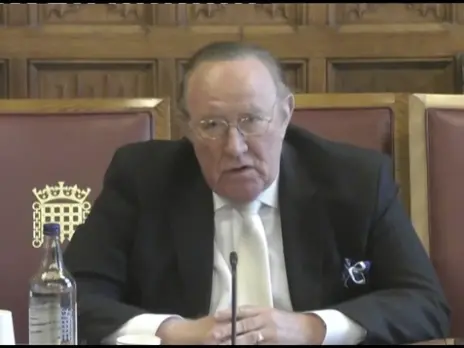
TV newsrooms have the lowest proportions of non-white and disabled staff compared to other sectors in the TV industry, according to Ofcom research.
Journalists in the UK TV industry are 76 per cent white, compared to an industry average of 59 per cent, while 11 per cent are from an ethnic minority background, the broadcast regulator has found.
The research makes up Ofcom’s third Diversity in Television Broadcasting report, which used data from May to July this year.
At ITV, where seven per cent of the workforce is defined as being in journalism, seven per cent of journalists are from a minority background.
This is despite ITV’s regional news teams each having diversity champions in an initiative sponsored by its director of news and current affairs.
An ITV spokesperson said: “ITV is fully committed to increasing the diversity of our workforce by making our organisation a more inclusive place to work.
“The past year has seen us making progress with an increase in representation as well as important, new, company-wide initiatives in key areas.
“ITV recognises there is much more to do and we are committed to reaching our long-term goals.”
At Sky 11 per cent of the journalism workforce is from a minority ethnic background. The broadcaster has said it wants 20 per cent of its on-screen staff at Sky News and Sky Sports to hail from minority backgrounds.
In its report, Ofcom said: “We would like to see greater progress for minority ethnic talent in journalism and creative and content roles at Sky, key areas where there is under-representation.”
Non-white staff are also under-represented at the BBC, where there was off-screen representation of 9.9 per cent according to the corporation’s latest annual report.
Almost a third of BBC TV services employees (29 per cent) were defined as being in journalism in the Ofcom report.
Ofcom’s analysis of 38,331 UK TV industry employees included 4,319 people (11 per cent of the overall survey) who came under the journalism category. Media companies responded to a questionnaire put together by Ofcom.
Journalism has the third biggest proportion of staff under 50 (72 per cent) in the TV industry, behind sales and marketing, and creative and content. The industry average is 68 per cent.
Journalism is the worst for disability representation in the TV sector, with 77 per cent of staff who are not disabled compared to an industry average of 55 per cent, the report found.
But Ofcom said more than 40 per cent of TV industry staff either declined to say whether they were disabled or their data was not collected by the broadcasters, which may have affected the figures.
TV newsrooms are 52 per cent male, compared to 55 per cent across the whole industry, the report found.
Earlier this year former broadcast journalist Trevor Phillips said TV is “tokenistic” and “self-congratulating” in its diversity drive, leading to industry-wide awkwardness and mishandling of race issues filtering into news coverage.
In July Ofcom published a similar report on diversity in the radio industry which found ethnic minorities remain particularly under-represented in journalism roles.
Ofcom called for the main broadcasters to aspire to reflect the working population of the city or region in which their workforce is based.
They should also ensure targeted measures are in place to represent employees from minority ethnic backgrounds, particularly in programme-making departments, the regulator said.
Ofcom chief executive Sharon White (pictured) said: “Last year we were encouraged by broadcasters’ growing focus on this issue. But this year’s report shows that, despite those positive efforts, progress on improving representation has stalled.
“For example, the proportion of women in senior television roles is largely unchanged; and the representation of disability across broadcasters has not improved.
“Employees from minority ethnic backgrounds remain under-represented at senior levels.”
Picture: Ofcom
Email pged@pressgazette.co.uk to point out mistakes, provide story tips or send in a letter for publication on our "Letters Page" blog






